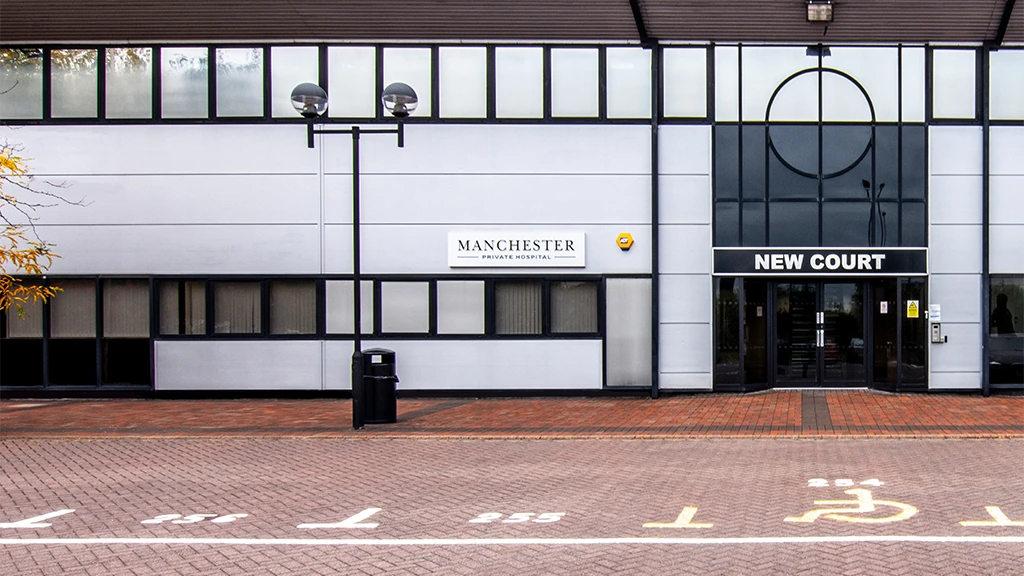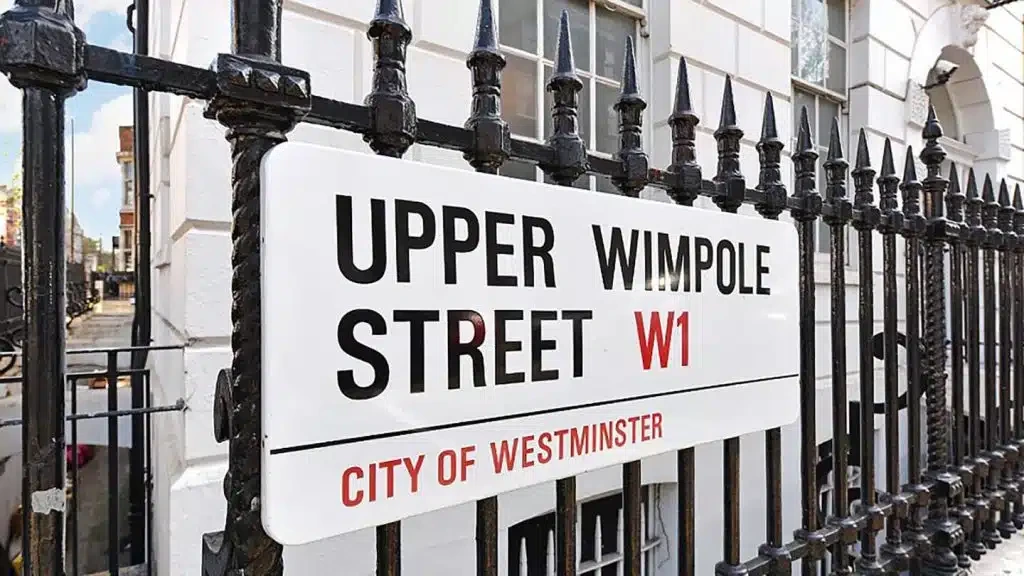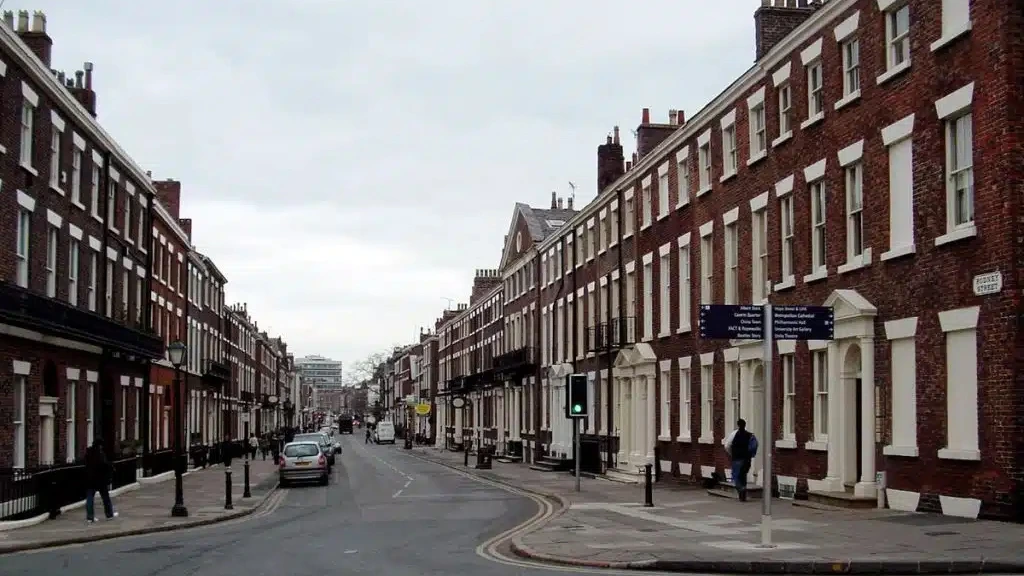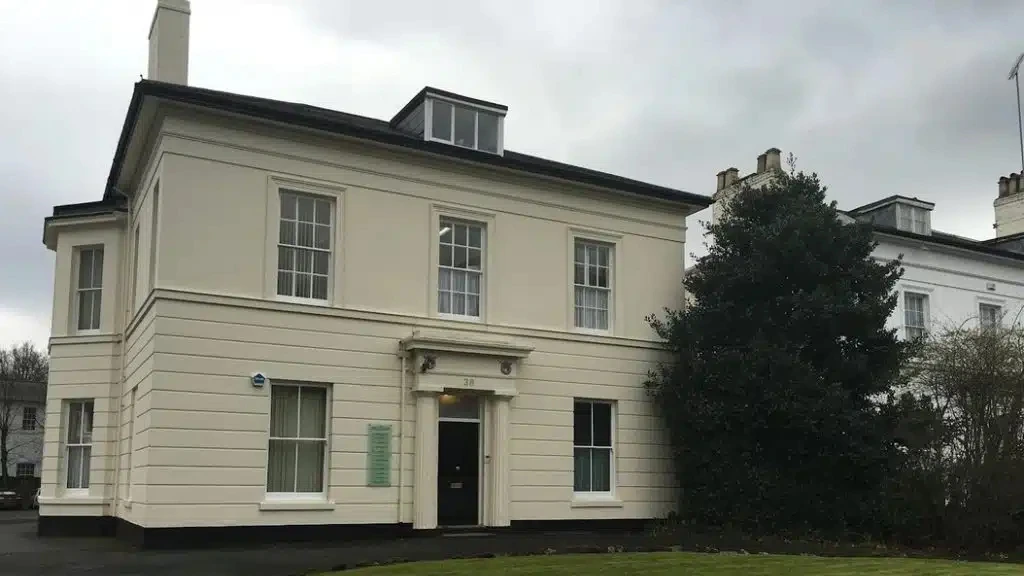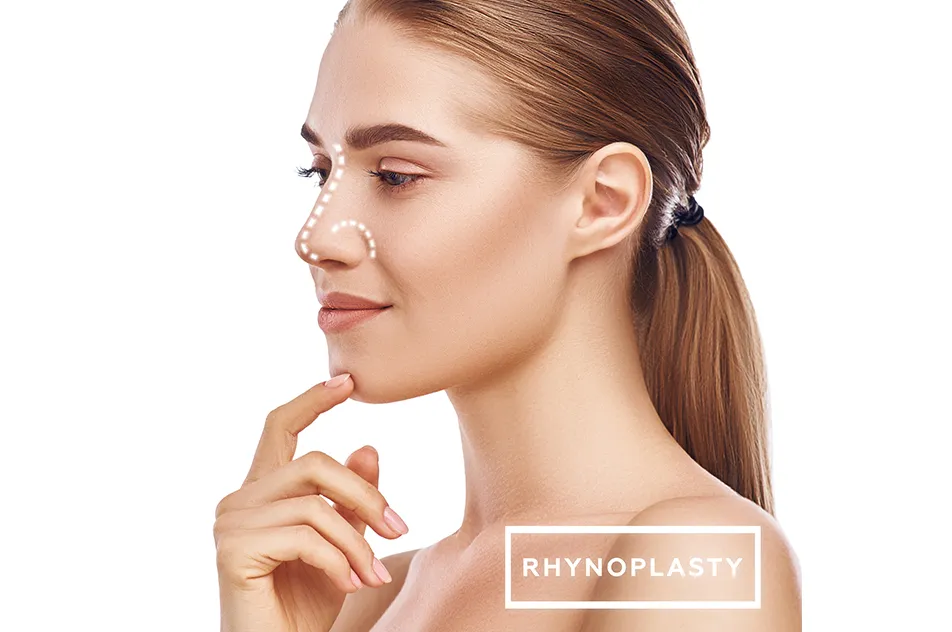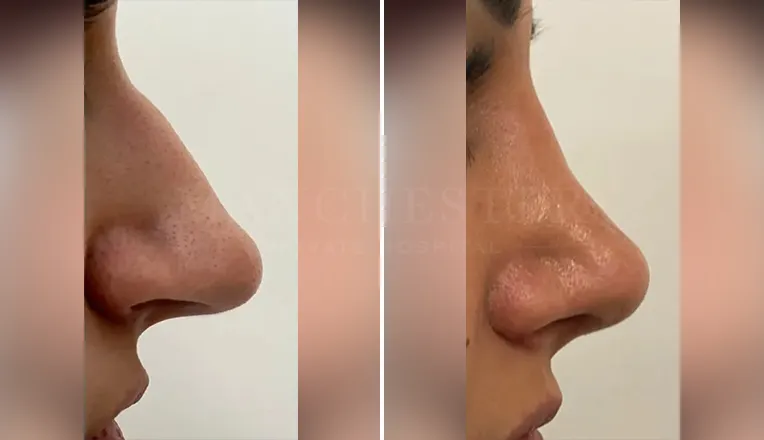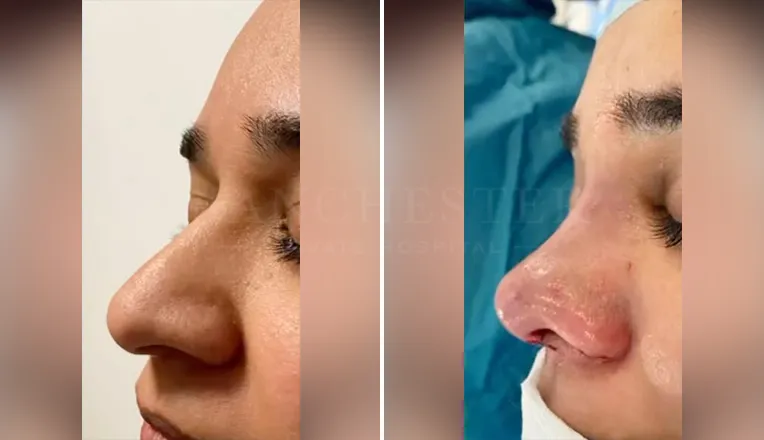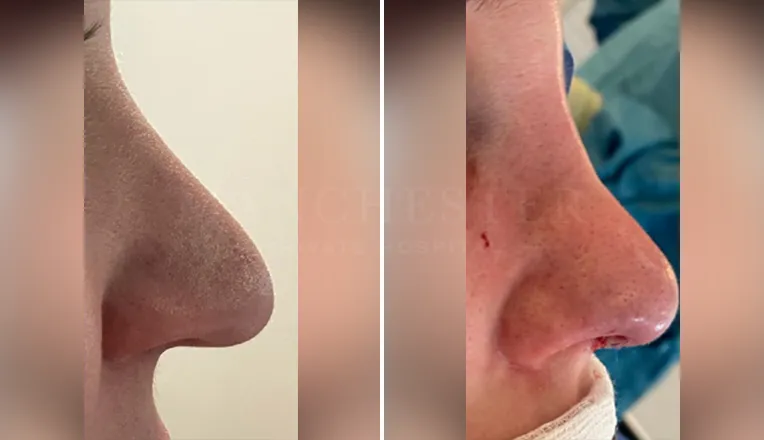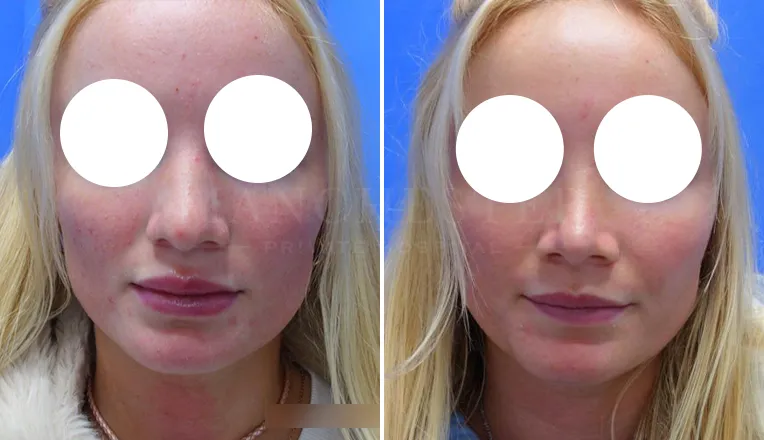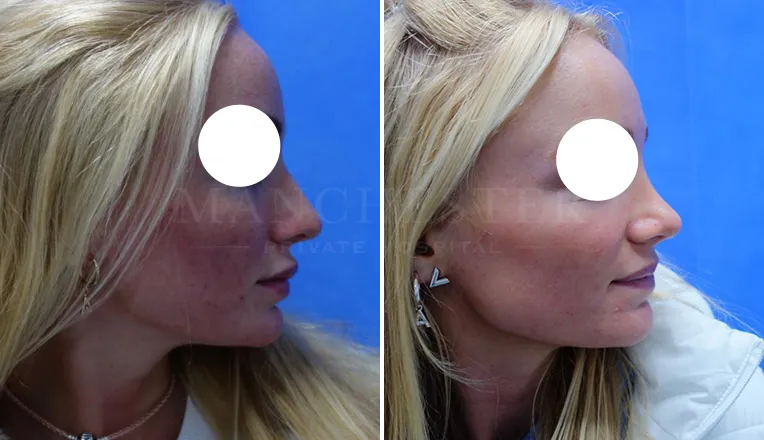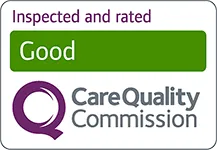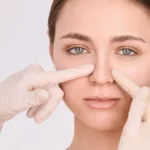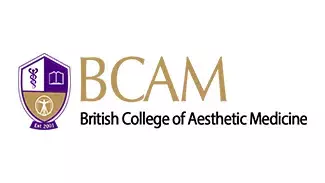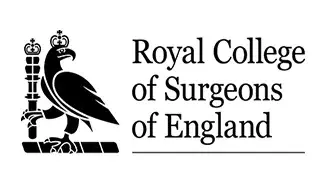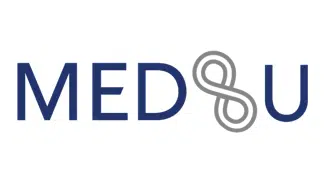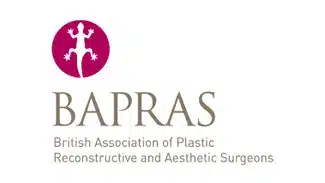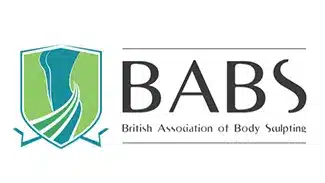The reality is, rhinoplasty is great and suitable for some patients, but not for others.
A lot of it comes down to personal preference and life goals.
Below we discuss the process and correct information on rhinoplasty in 5 simple steps that are easy to digest.
Our aim is to make things as clear as possible so that we can put rumours to bed and help create a more truthful environment for those considering this procedure.
Step 1 – Consultation
- The aim with rhinoplasty is to sculpt the nose so that the patients feels better about themselves, boosts self confidence and balances a person’s face.
- This can be achieved by sitting down with a consultant and discussing any issues, what the end result will be and what procedures are available for each individual.
- A consultation is the first step in any rhinoplasty procedure, where both the patient and surgeon can table their ideas and discuss procedure information.
- Here the patient can look at photographs and talk about what the operation involves, including the risks and concerns.
- With modern technology, it is sometimes possible to see what you could look like by morphing the new shape nose on to a current patient photograph.
- Patients are also shown before and after shots of other patients with similar issues and end goals.
- It is also an important during this step to find out if you are an ideal candidate for rhinoplasty – not all patients will be.
Step 2 – Ideal Candidate
Not every patient is an ideal candidate for a nose job. However, the following short checklist will help patients understand if the procedure is right for them:
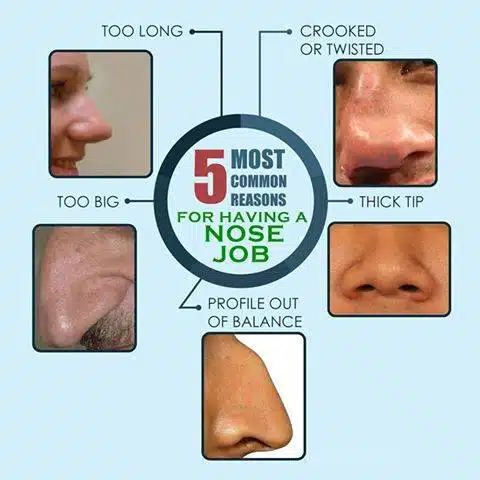
– Patient has a bump at the nose bridge
– Patient has a nose that is too narrow or wide
– Patient’s nose is not symmetrical
– Patient has a round or bulbous nose tip
– Patient has a nose tip that droops / hooks
– Patient has trouble with their airways
- It is important to note that most patients have not reached nasal maturity until at least the age of 15.
- Surgery before the nose is mature enough is not considered. This is because the nose is still changing and growing.
Step 3 – Preparation
- With most cosmetic surgery procedures, preparation is key to smooth surgery and good recovery.
- It is important to try and minimise side effects of surgery, including bleeding, bruises and swelling.
- Patients are often advised to avoid smoking and excessive alcohol intake for around 4 weeks prior to surgery.
Step 4 – Procedure
- To perform rhinoplasty, incisions are made either inside or outside the nose. In some cases incisions will be made internally and externally.
- The procedure is often performed on an outpatient basis, meaning that no overnight stay in hospital is required. However, in some cases an overnight stay may be required.
- Internal incision rhinoplasty is known as closed surgery, whereas external incision rhinoplasty is known as open surgery.
- In open rhinoplasty, a small scar may be visible after surgery. Often incisions are made on the columella – the bridge of tissue that separates the nostrils at the base of the nose.
- Whilst incision specifics can be discussed during a consultation, ultimately a surgeon will advise on the procedure that is right for you and the modifications required.
Step 5 – Recovery
- Recovery from rhinoplasty depends on the type of procedure and how extensive the surgery is.
- For most nose procedure to average downtime for a patient is one to two weeks.
- The split can often be removed from the nose after the first week post surgery and patients can go out in public with little bruising.
- Recovery from rhinoplasty is considered both short term and long term.
- The short term recovery follows immediately after the procedure, however, long term healing can continue for 12+ months. This is because the skin on the nose shrinks and adapts to a new shape.
- Pain that is felt from undergoing rhinoplasty surgery is usually reported as being well managed with prescription painkillers.
To know more about rhinoplasty or nose correction, please visit: https://www.manchesterprivatehospital.co.uk/cosmetic-surgery/nose-surgery/
Rhinoplasty Before And After Gallery
Read Our Patient Reviews
Explore our reviews made by real patients
Meet Our Expert Surgeons
Get to know our highly experienced surgeons
Consultation Locations
We offer Consultations from a number of locations around the UK
Prices and finance
We have partnered with Chrysalis Finance, allowing patients to apply for cosmetic surgery finance for all our procedures
Consultation Locations
Manchester Hospital
Manchester Private Hospital New Court, Regents Place, Windsor
Street Salford, Greater Manchester, M5 4HB.
